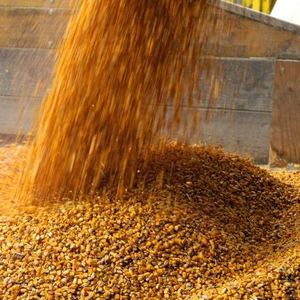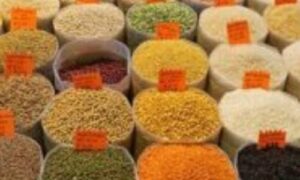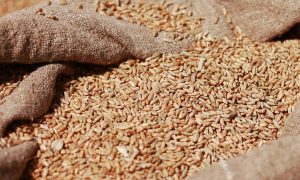Russia is in a hurry to increase grain exports by the end of the season

Russia raised its additional grain export quota to 300% of the main allocation to boost sluggish exports amid a strong ruble and reduced competitiveness. Despite a smaller 2025 quota of 10.6 million tons, 2.5 million remain unused. Experts warn the move may not solve deeper issues like high export duties, logistics challenges, and declining agricultural investment.
The Russian government is trying to speed up grain exports by increasing the maximum additional quota to 300% of the main one allocated to exporters. The corresponding resolution No. 756 was adopted on May 29, 2025, and it will be in effect until July 1, the end of the current marketing year. Previously, this figure was 45%, but it seems that the available volumes are not enough to export the grain residues, writes the Russian publication Kommersant.
This year’s export quota is 10.6 million tons, which is significantly less than the 29 million tons in 2024 due to the crop failure. According to the Russian Ministry of Agriculture, 2.5 million tons of the quota remain unused. Large exporters are in no hurry to export grain, hoping for higher prices, because Russian wheat is losing competitiveness due to the strong ruble.
According to Arkady Zlochevsky, president of the Russian Grain Union, even with the new quota, exports may be unprofitable. This approach to market regulation discourages producers and exporters, creating risks for the agricultural sector in the future. Deputy Prime Minister Dmitry Patrushev criticized the pace of exports, noting that the Ministry of Agriculture has “shortcomings”.
Grain stocks in Russia this year may be the lowest in the last five years – about 14 million tons. The authorities’ desire to export grain as much as possible is associated with the desire to achieve the planned export figures for agricultural products, despite the reduction in production. This decision looks like an attempt to revive supplies from smaller exporters who are ready to sell at current prices in order to avoid greater losses after the start of the new season.
Experts note that increasing the quota may partially stimulate shipments, but will not solve systemic problems. For example, logistical difficulties and high export duties, which reach 50% (or at least €100 per ton) beyond the quota, continue to restrain activity in the market. In addition, the strengthening ruble makes it more difficult to compete with other exporting countries, such as Australia or Canada, where wheat prices remain more attractive.
The Russian Ministry of Agriculture is also under pressure to balance domestic needs with export targets. Low grain stocks are putting additional strain on grain elevators, which could complicate preparations for the new harvest. At the same time, the government is seeking to maintain Russia’s position in the global grain market, where it has traditionally played a significant role. However, analysts say short-term measures such as increasing quotas do not address the underlying problems of price volatility and currency fluctuations.
According to market participants, without a clear strategy and predictable terms of trade, the Russian agricultural sector could face further cuts in investment in production. This, in turn, threatens to reduce yields in the coming years, which could further weaken the country’s export potential. For now, the government is relying on temporary solutions, hoping to rectify the situation by the end of the agricultural season.
As a reminder, from the beginning of each season until February 14, market participants can export grain from Russia without restrictions, but from February 15 to June 30, export quotas are in effect. Within the quota, exports are subject to a “floating” customs rate, which depends on market prices, and outside the quota, a 50% duty (not less than €100 per ton). From 2024, the tariff quota is divided into a “main” and “additional” part: the first is distributed according to the historical principle, the second, formed in particular from refusals from the allocated quotas, is based on an application procedure. Only those who have already been allocated the main part of the quota can apply for additional volumes. Until now, exporters could only receive 45% of the already allocated limit. This system allows the authorities to stimulate or restrict exports depending on the amount of grain remaining before the start of the new harvest.
For almost 30 years of expertise in the agri markets, UkrAgroConsult has accumulated an extensive database, which became the basis of the platform AgriSupp.
It is a multi-functional online platform with market intelligence for grains and oilseeds that enables to get access to daily operational information on the Black Sea & Danube markets, analytical reports, historical data.
To Read more about Wheat News continue reading Agriinsite.com
Source : Ukr Agro Consult

















